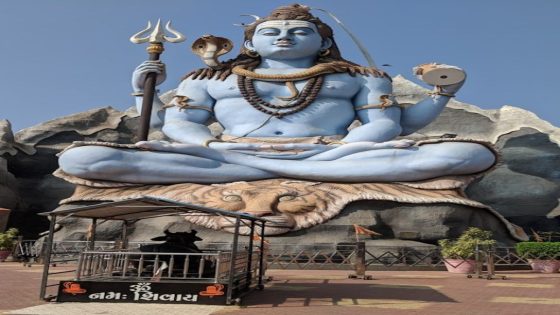-
The Kangju people lived in Central Asia (southern Kazakhstan) for nearly a millennia, but experts know very little about them.
-
A new discovery of artifacts, recovered from a 2,000-year-old burial mound, shows off this little-known society’s sophistication and its deep connections to the ancient Silk Road.
-
Featuring a brass mirror from China and a Roman-style brooch, this treasure trove reveals the intimate evidence of the world’s first major attempt at globalization.
For around 800 years (from the 4th century BCE to the 4th century CE), a people group known as the Kangju flourished in what is now southern Kazakhstan. Despite this relatively long reign in Central Asia, the knowns of this ancient society are far outweighed by the unknowns. Experts know, for example, that the people had Indo-European origins, spoke an Eastern Iranian language, and likely practiced a semi-nomadic way of life—a common choice among people groups in Central Asian and the Eurasian steppe. Everything else has been slowly pieced together from pottery and other artifacts left behind for us to find.
Now, a new treasure trove of artifacts has been discovered in 2,000-year-old burial mounds in the ancient Kangju region. These items include jewelry, arrowheads, and a large bronze mirror—all of which speak to the Kangju’s sophistication. Kazakhstan lies at the heart of what would’ve been the ancient Silk Road, and the items reflect the impact of this ancient-world globalization.
The mirror, for example, has been traced to the craftsmen of China’s Han Dynasty, which reigned from 206 BCE to 220 CE. Similar mirrors have been found among the discarded detritus of other civilizations along the ancient Silk Road, likely meaning that the woman buried with the mirror was someone of considerable wealth or importance. However, China wasn’t the Kangju’s only trading partner—the ancient people likely also traded with the Roman Empire and the Kushan Empire, another Central Asian power to the south.
To uncover these items, a team of experts from Ozbekali Zhanibekov University—located in the city of Shymkent along the border with Uzbekistan—and local government archaeologists traveled to three burial mounds in the oblast (administrative region) of Turkistan.
As is often the case when exploring ancient ruins, two of the mounds had already been plundered, likely during medieval times. But the third mound still had ancient wonders lying in wait. According to a press release translated from Kazakh language, experts also found other items—including ornate earrings, a belt buckle, and a Roman brooch—that once again emphasized the mound’s advantageous position along the Silk Road.
The leader of this archeological expedition, Ozbekali Zhanibekov University’s Aleksandr Podushkin, said that the Yangju were actually comprised of many different people, including the Asian Sarmatians, the Xiongnu, the Kangyu, and the subsequent Saki (who were, possibly, the famous Scythians). Podushkin has published some 90 articles related the peoples of southern Kazakhstan, and some of his previous work involved analyzing the religious beliefs of the Kangju from artifacts gathered from Ugam Valley, which is also located in the Turkistan region.
Now, these relics will travel to the capital city of Astana and be housed in the National Museum of the Republic of Kazakhstan. As experts like Podushkin continue to find these hidden treasures, over time, the largely blurry image of this people group of Central Asia should slowly begin to come into focus.
You Might Also Like
Source Agencies


